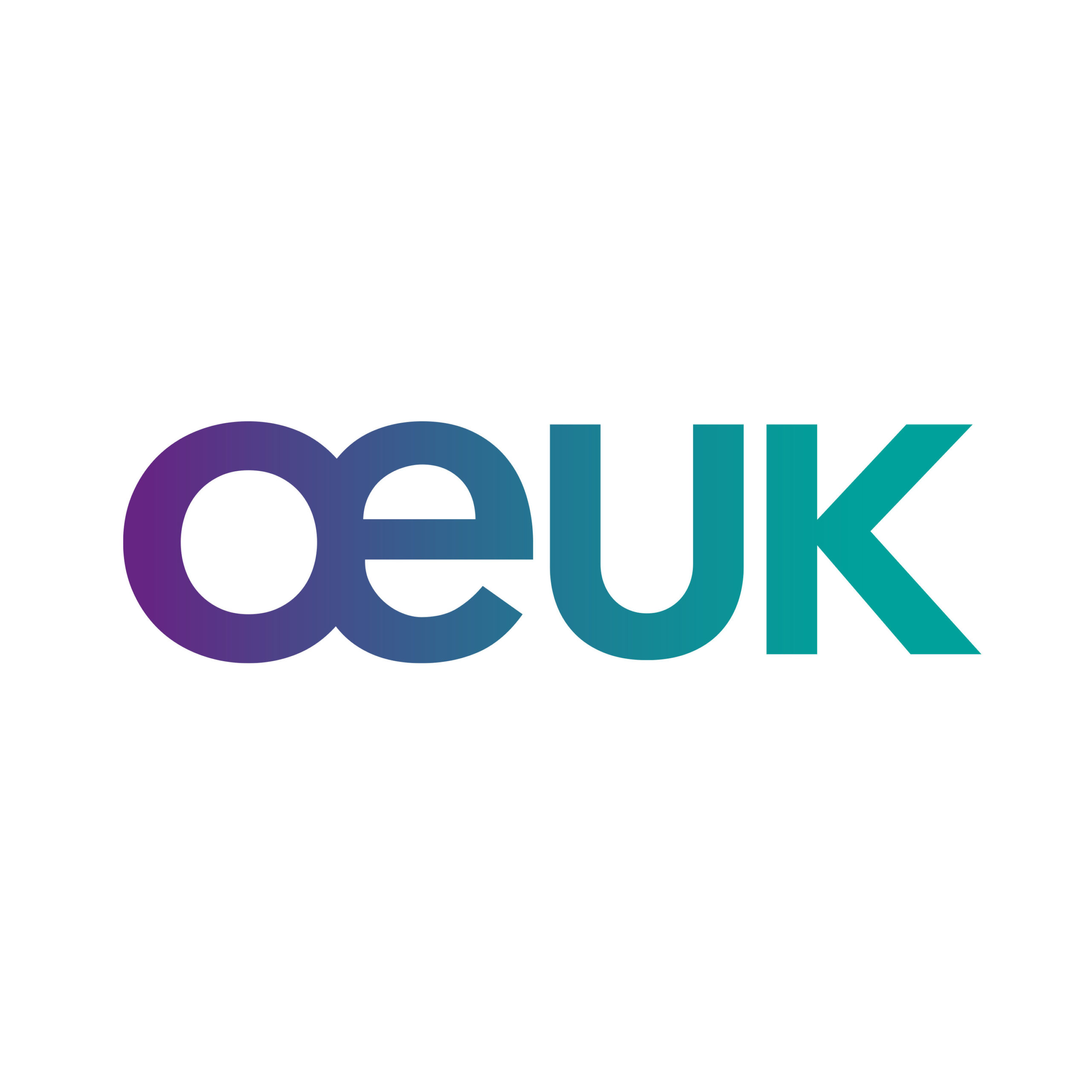|
An Environmental Statement is required for any drilling in near shore or sensitive areas.
Drilling associated with a new development is also likely to require an ES. If unsure whether an ES is required or not, discussions should be held with DESNZ or a Drilling Operations Application (DRA) can be used to seek a dispensation from the requirement of an ES. If at all unsure, time should be allowed for preparation of an ES.
|
|
ES Required
|
|
No ES Required
|
Action Needed
|
|
12+ months
|
|
–
|
 |
If required, submit DRA to determine requirement for an Environmental Statement.
This step can be skipped if it is clear that an ES is or is not required.

|
 |
Undertake Environmental Impact Assessment (EIA) and prepare ES. |
 |
Identify if proposed drilling occurs in vicinity of any habitats or protected species under EU Habitats Directive.
Additional measures and Habitats Regulatory Assessment may be required.

|
 |
If no asset-wide Oil Pollution Emergency Plan in place, prepare OPEP.

|
|
4 months
|
4 months
|
|
3 months
|
3 months
|
 |
Prepare Chemical Permit SAT (DRA) and environmental information sections

,
include any chemical use/discharge associated with well cleanup if applicable.

|
| |
–
|
 |
Submit ES along with Application for Consent (PON16). |
|
2 months
|
2 months
|
 |
Submit OPEP to DESNZ for approval. |
|
3-5 weeks
|
3-5 weeks
|
 |
If reinjection of cuttings planned offsite, submit application for reinjection under FEPA.  |
|
28 days
|
28 days
|
 |
Submit Chemical Permit SAT (DRA).  (Note: Ensure chemicals selected are registered with CEFAS and those of high environmental risk are replaced as far as possible). (Note: Ensure chemicals selected are registered with CEFAS and those of high environmental risk are replaced as far as possible). |
 |
Submit PON4 (Consent to Drill Well). |
 |
Make application to DTLR for Consent to Locate for rig.  (as part of DRA application) (as part of DRA application) |
 |
If Deposit of Stabilisation and Protection Materials required, submit application Direction under EIA Regulations to deposit material on the seabed.  (as part of DRA application) (as part of DRA application) |
 |
If drilling through pay-zone and reservoir hydrocarbon contamination of drill cuttings for overboard discharge expected, apply for Oil Discharge Permit.  . Oil Discharge Permit may also be required if OBM well cleanup is expected or any oil contamination of WBM/SBM cleanup. . Oil Discharge Permit may also be required if OBM well cleanup is expected or any oil contamination of WBM/SBM cleanup. |
|
1 week
|
1 week
|
 |
Any radioactive sources will need a Certificate of Registration.  |
|
|
|
